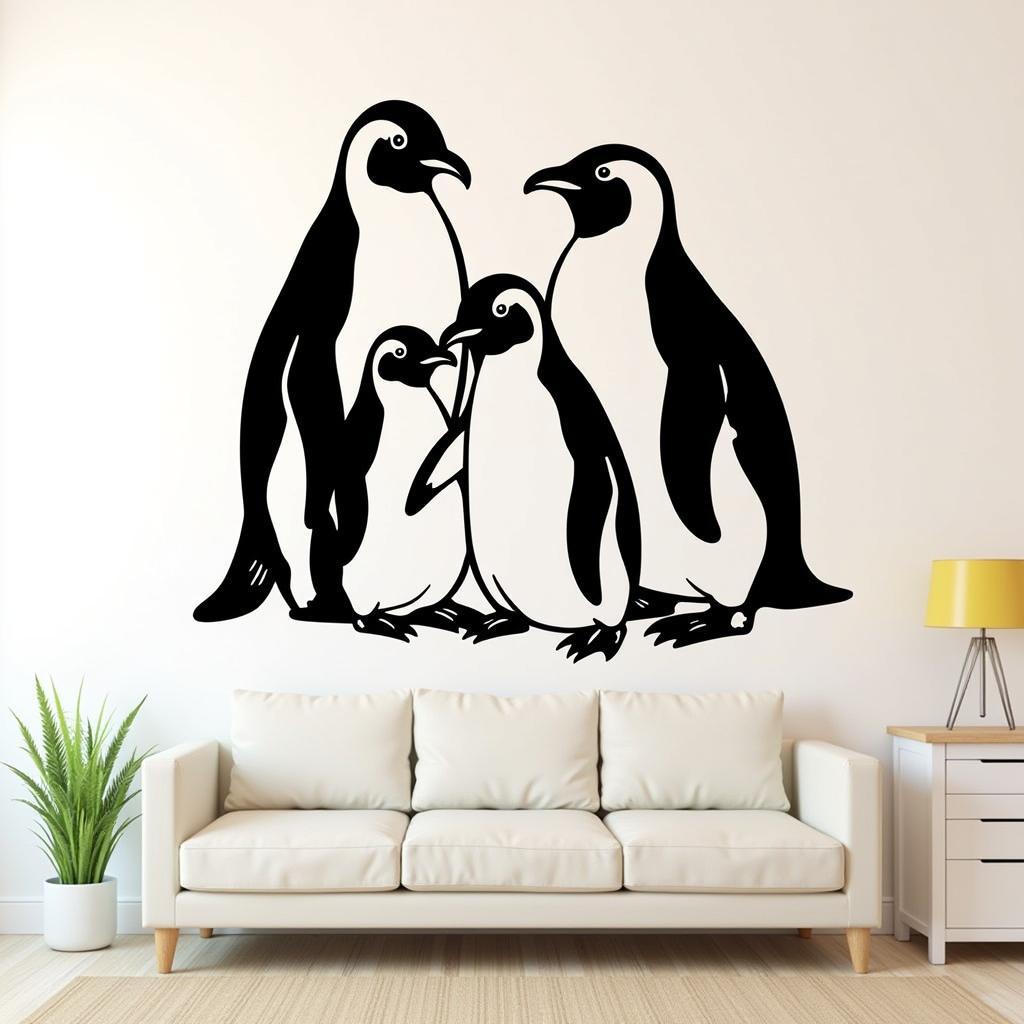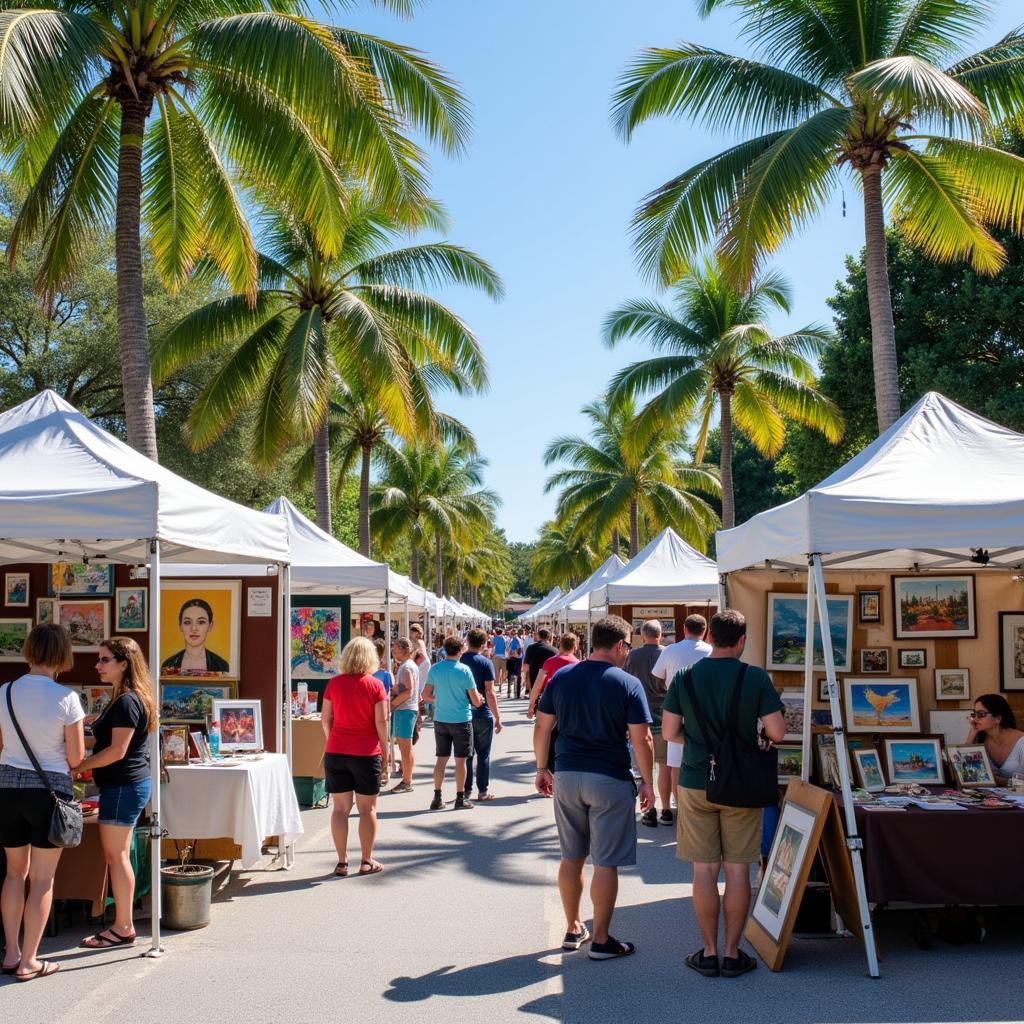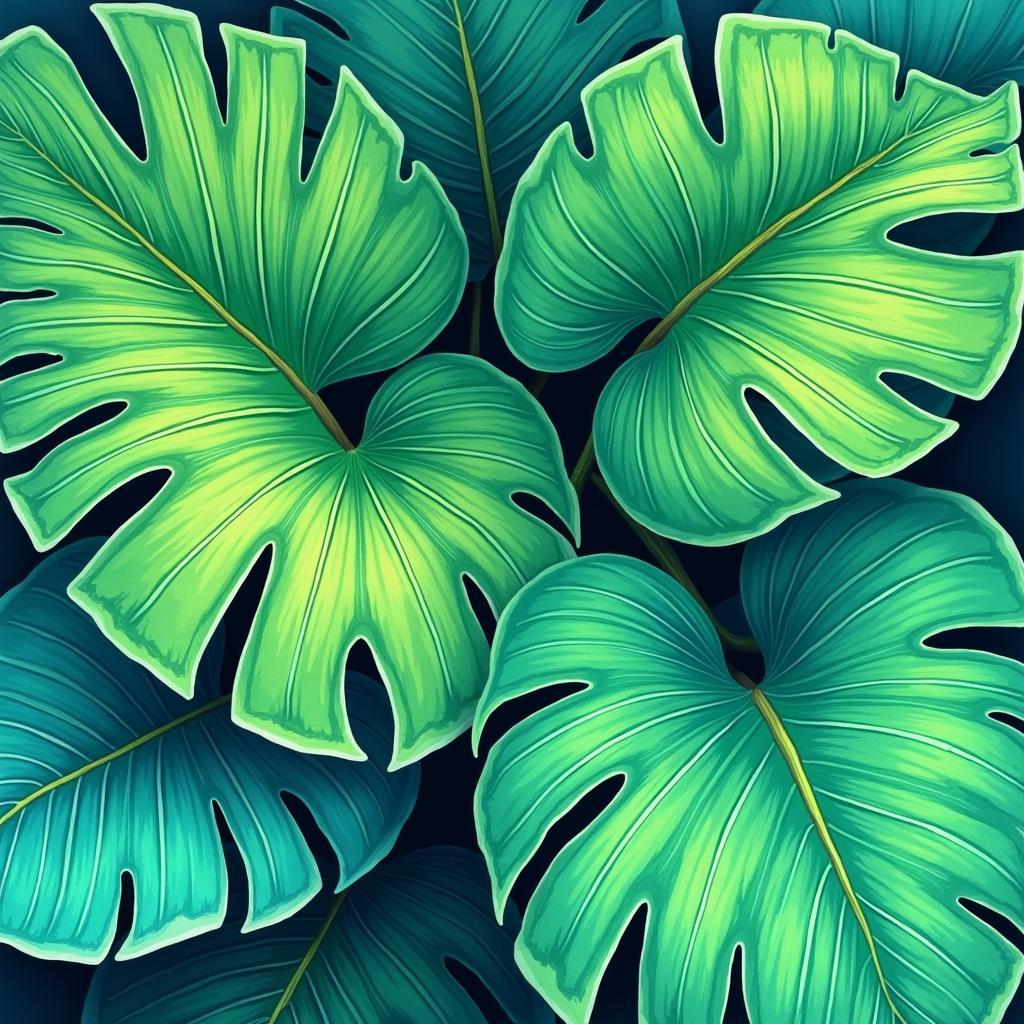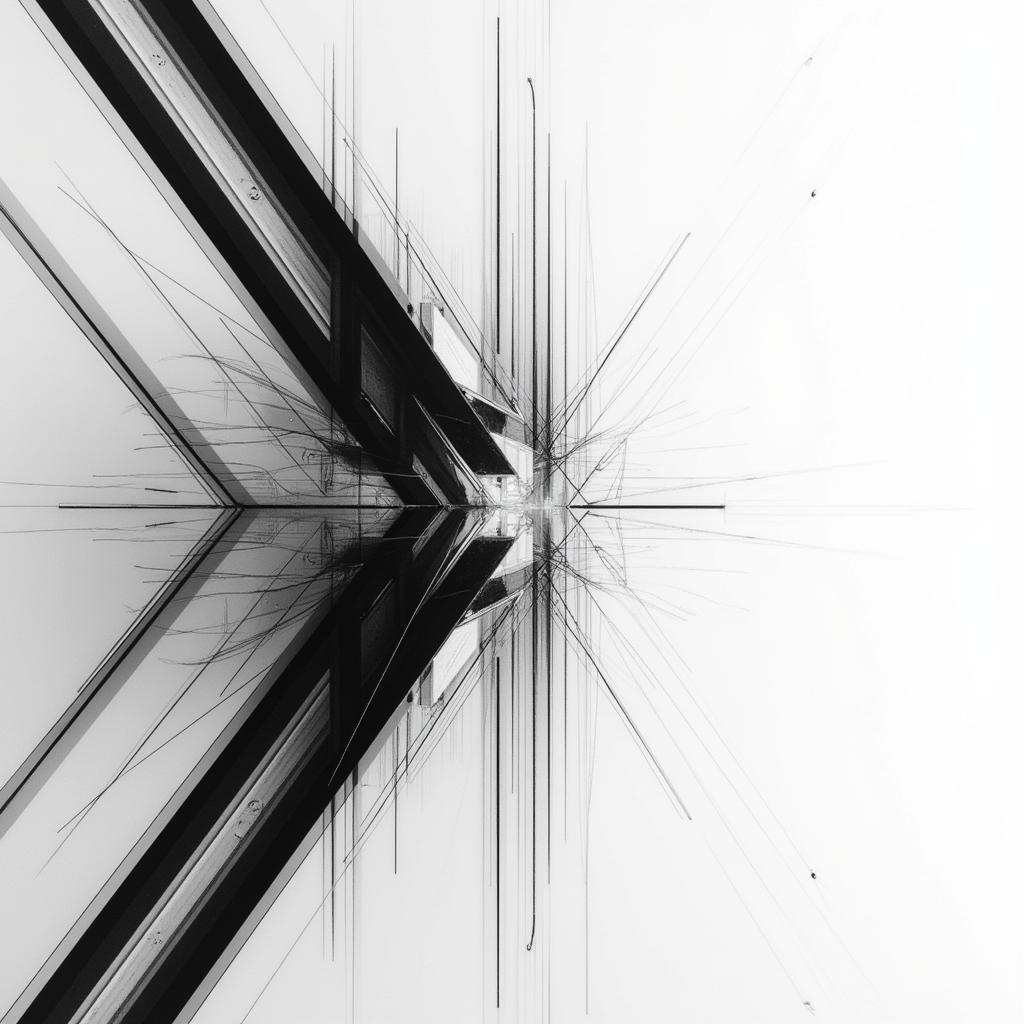Nonlinear Art: A Journey Beyond Linearity in Digital Art
Nonlinear Art is a captivating realm of digital art that defies the constraints of traditional linear approaches, embracing chaos, fluidity, and the unexpected. It challenges conventional notions of order and control, inviting viewers to embark on a journey of exploration and interpretation. This article delves into the fascinating world of nonlinear art, unveiling its unique characteristics, exploring its diverse techniques, and unraveling its profound impact on the contemporary art scene.
Beyond Straight Lines: Embracing the Chaos of Nonlinear Art
Nonlinear art is a departure from the familiar patterns and predictable sequences that often define traditional art forms. Instead of adhering to fixed paths and pre-determined structures, it embraces the inherent beauty of randomness, unpredictability, and emergent complexity. This approach allows artists to transcend limitations, fostering an environment where creativity can flourish without boundaries.
The Power of Algorithmic Systems
One of the defining characteristics of nonlinear art is the utilization of algorithmic systems to generate visual content. These algorithms, often based on mathematical formulas and complex code, create intricate patterns and unpredictable formations that would be impossible to achieve through traditional methods. By relinquishing control to these algorithms, artists allow the art to emerge organically, resulting in unique and often breathtaking creations.
“Nonlinear art offers a boundless playground for artistic exploration, where the lines between artist and machine become blurred, and the creative process becomes an enthralling collaboration,” says renowned digital artist Dr. Ava Chang, a pioneer in the field of algorithmic art.
Exploring the Diverse Techniques of Nonlinear Art
Nonlinear art encompasses a wide array of techniques and approaches, each contributing to the rich tapestry of this art form. Let’s delve into some of the most prominent methods employed by artists working in this realm:
Fractal Art: Exploring Infinite Detail
Fractal art, a prominent branch of nonlinear art, utilizes fractal geometry to create mesmerizing images with intricate details that extend infinitely. Fractals are mathematical objects with self-similarity at all scales, meaning that repeating patterns appear at different levels of magnification. This self-similarity creates a sense of endless depth and complexity, drawing viewers into a captivating world of visual exploration.
Generative Art: Embracing Randomness
Generative art is a form of nonlinear art where the artist defines a set of rules or constraints that dictate the creation process. These rules are often based on algorithms, randomness, or other computational processes, allowing the artwork to evolve organically. The artist acts as a guide, setting the stage for the emergence of unexpected and often serendipitous creations.
Procedural Art: Creating Worlds with Code
Procedural art takes a programmatic approach to art creation, employing code to generate and manipulate visual elements. This technique allows artists to create complex environments, intricate textures, and dynamic animations that would be impossible to achieve through traditional means. By harnessing the power of code, procedural artists push the boundaries of visual expression, creating immersive and interactive experiences.
Artificial Intelligence Art: Collaborating with Machines
Artificial intelligence art is a rapidly evolving field where artists utilize AI algorithms to create and enhance their work. These algorithms learn from vast datasets of images and can be trained to generate new artistic creations, style existing images, or even collaborate with artists in real-time. This collaboration between human creativity and artificial intelligence opens up exciting new possibilities for artistic expression.
The Impact of Nonlinear Art: Redefining the Art World
Nonlinear art is not just a technical novelty; it is a profound movement that is reshaping our understanding of art and creativity. By embracing chaos, embracing algorithms, and exploring the potential of emerging technologies, nonlinear artists are pushing the boundaries of visual expression and challenging traditional artistic paradigms.
Breaking the Mold: Redefining Aesthetics
Nonlinear art challenges conventional aesthetic norms, offering a fresh perspective on beauty and visual appeal. Instead of relying on traditional principles of symmetry, harmony, and balance, it embraces irregularity, asymmetry, and emergent beauty. This approach encourages viewers to see the world in a new light, appreciating the inherent beauty of the chaotic and the unpredictable.
Embracing Interactivity: Art as a Dialogue
Nonlinear art often goes beyond static imagery, embracing interactivity and inviting viewers to become active participants in the art experience. Interactive installations, generative art that responds to user input, and virtual reality experiences blur the lines between viewer and creator, fostering a dialogue between the art and its audience.
Fostering Innovation: A Catalyst for Change
Nonlinear art is not just a new way of creating art; it is a catalyst for innovation and a force for change in the broader art world. The techniques and approaches employed by nonlinear artists are influencing other art forms, inspiring new creative approaches, and pushing the boundaries of artistic expression across the board.
FAQ: Unraveling the Mysteries of Nonlinear Art
Here are some frequently asked questions about nonlinear art:
1. What are the benefits of using nonlinear art techniques?
Nonlinear art techniques allow artists to break free from traditional constraints, explore new aesthetic possibilities, create interactive experiences, and push the boundaries of visual expression.
2. How can I learn more about nonlinear art?
There are numerous online resources available, including websites, blogs, and social media groups dedicated to nonlinear art. You can also explore art galleries, museums, and online exhibitions featuring nonlinear artists.
3. Can I create nonlinear art without coding skills?
While coding is often involved in nonlinear art, there are also user-friendly software tools and online platforms available that make it accessible even for non-programmers.
Conclusion: A New Era of Artistic Exploration
Nonlinear art is a dynamic and rapidly evolving field that holds immense potential for artistic expression and innovation. By embracing the inherent beauty of chaos, harnessing the power of algorithms, and exploring the limitless possibilities of emerging technologies, nonlinear artists are shaping the future of art, inviting us to see the world in new ways and experience the transformative power of creative exploration.



